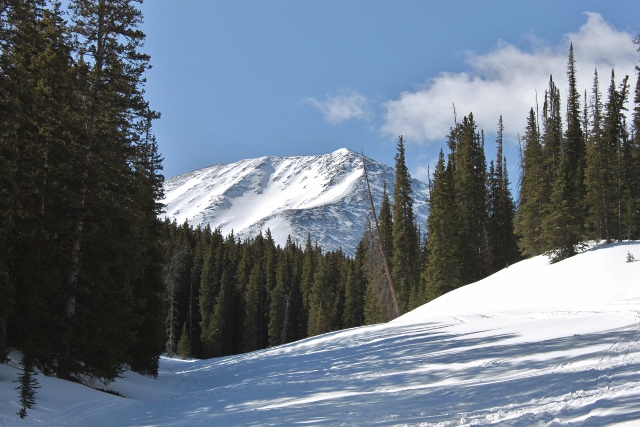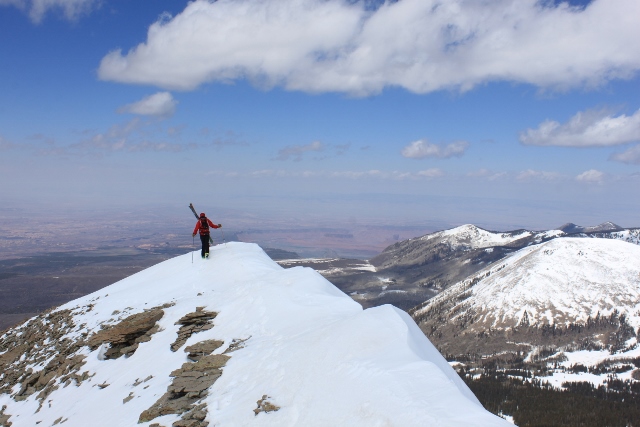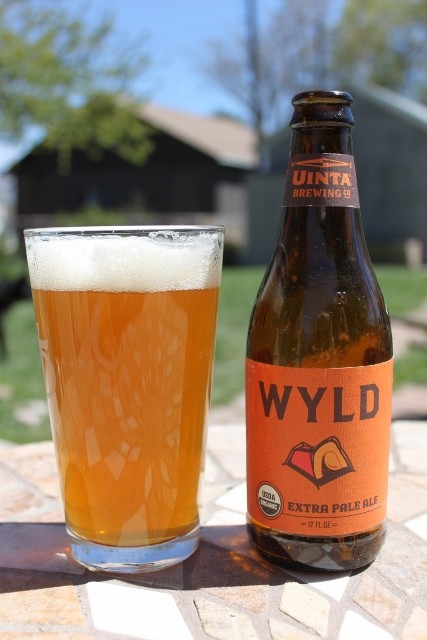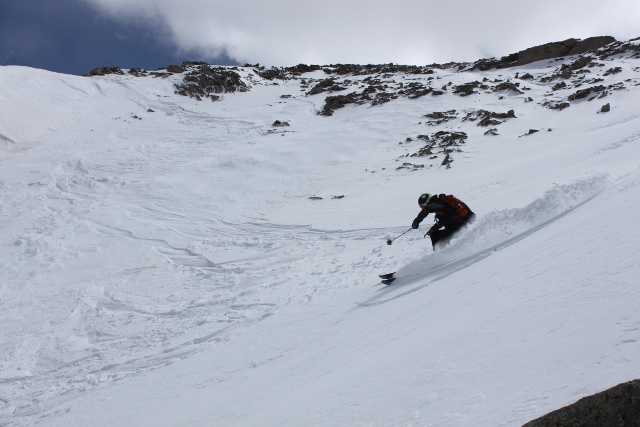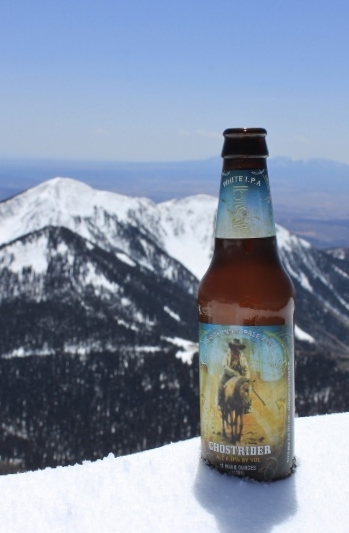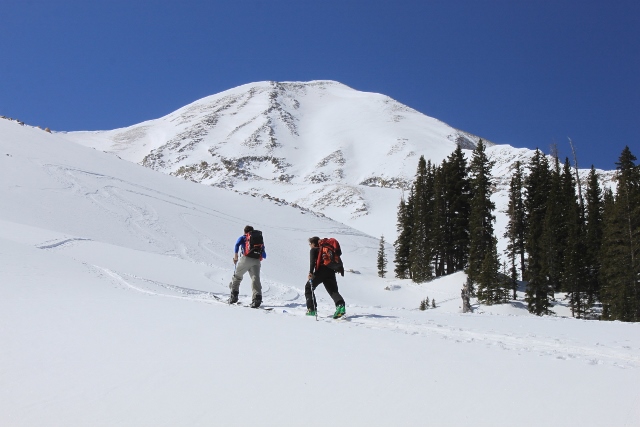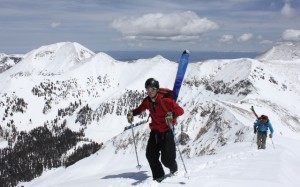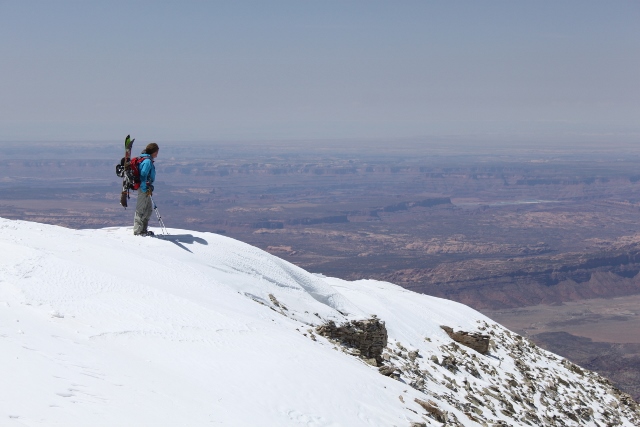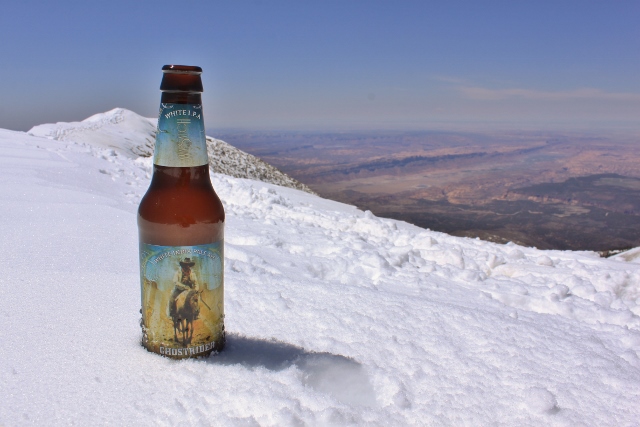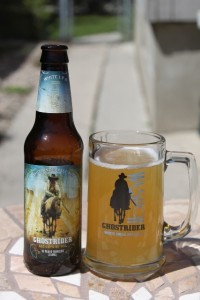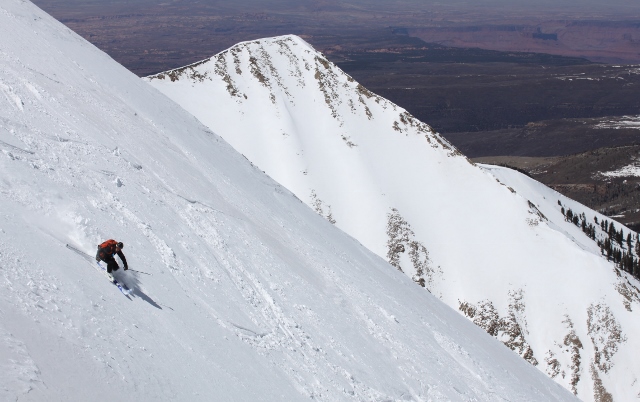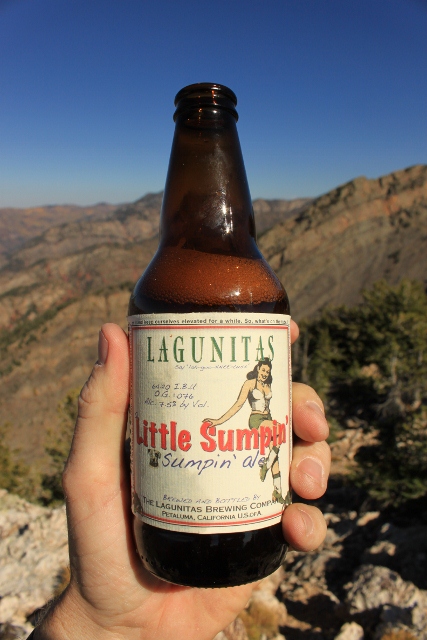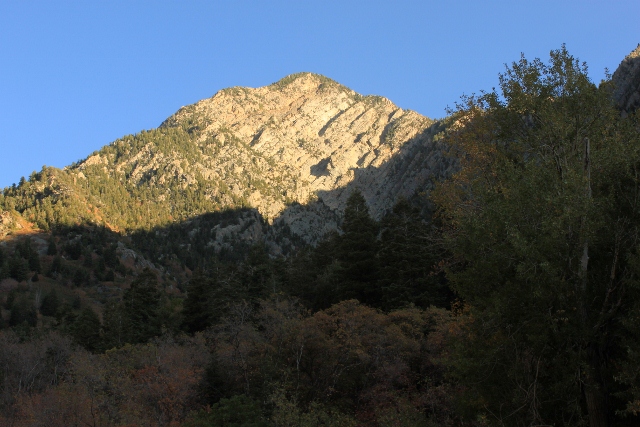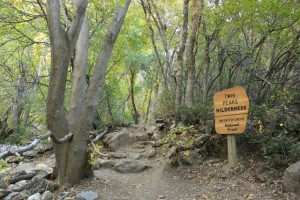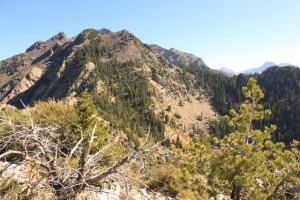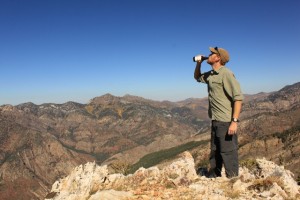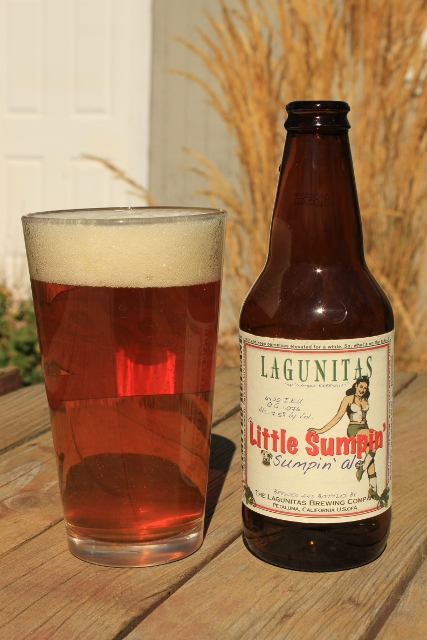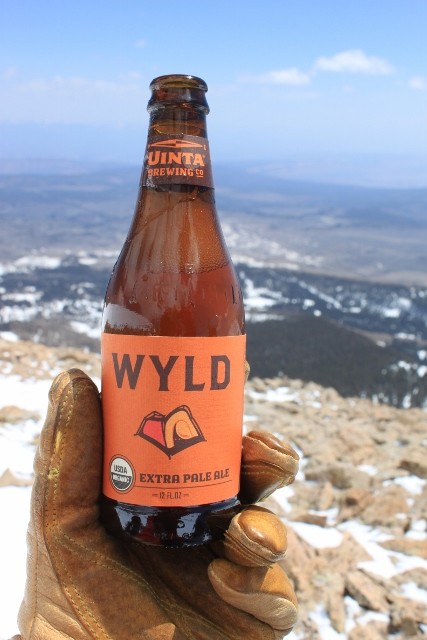 Mount Mellenthin is the second highest peak in Utah’s second highest range – the La Sal Mountains. It was also the second peak we intended to climb on our second trip to the La Sals that season, so it made sense that I brought along my second-favorite beer from Uinta Brewing, Wyld Extra Pale Ale.
Mount Mellenthin is the second highest peak in Utah’s second highest range – the La Sal Mountains. It was also the second peak we intended to climb on our second trip to the La Sals that season, so it made sense that I brought along my second-favorite beer from Uinta Brewing, Wyld Extra Pale Ale.
We had reached the summit of Mount Tukuhnikivatz the day before, but despite our exhaustion, got up for more the next morning to ski Mellenthin. Despite it being a Monday, the parking lot was surprisingly full of skiers with the same ideas in mind – that the La Sals are the place to be for spring skiing. It was telling that most of the skiers we talked to were from Colorado, and most were drinking cheap macrobrews. Such a shame. After exchanging beta with other touring parties, we skinned up Geyser Pass Road past the popular entrance to Gold Basin and were soon by ourselves in a pine forest. Continuing down the road, we soon entered a wide swatch in the trees that revealed Mellenthin’s massive north face. Angling south, we headed toward the peak as if it were a magnet.
At 11,000 feet, the forest cleared at timberline and nothing but a moonscape of talus and snow was left. One thing that stood in the way of our ski objective was the north ascent ridge. It looked steep, rocky, and windy. But seeing no other option, we strapped skis to our packs and started booting up the loose scree and styrofoam snow. The winds threatened to tear us off though, as our skis became sails, pulling us to the side with every gust. I had to plunge my whippet into the snow a few times to stop from losing my footing above a rock-strewn slide-for-life when the wind yanked at my overloaded back.
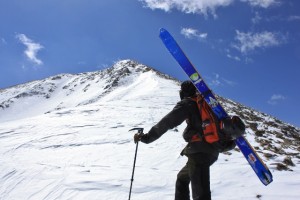 Above the first steep pitch, the ridge leveled out for easy walking until the final steep push on a scree field to the top. All three of us made it by early afternoon and relaxed by watching skiers descend Tukuhnikivatz across the range south of our perch. Getting to the top of Mellenthin was much harder and longer than Tuk, so we hoped the skiing would be worth the effort. One thing was indeed made the endeavor was the chance to savor a bottle of Wyld Pale Ale with that intense view dominating my field of vision.
Above the first steep pitch, the ridge leveled out for easy walking until the final steep push on a scree field to the top. All three of us made it by early afternoon and relaxed by watching skiers descend Tukuhnikivatz across the range south of our perch. Getting to the top of Mellenthin was much harder and longer than Tuk, so we hoped the skiing would be worth the effort. One thing was indeed made the endeavor was the chance to savor a bottle of Wyld Pale Ale with that intense view dominating my field of vision.
Unfortunately, nobody brought a bottle opener! Such a travesty is a disaster with summit brews as there is usually no recourse. It takes creative ways to get the cap off, and in our case, we had an ice ax on hand. It took some muscling, but the ax worked ideally as a McGuyver to avert certain doom that would have sent our summit brew into darkness, leaving your reward in the bottle.
Uinta Wyld Extra Pale Ale
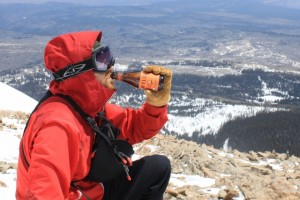 Uinta Wyld Pale Ale is a part of the brewery’s Organic Line. It also happens to be one of favorite low-point beers in the world. It’s a highly drinkable EPA that is very hoppy yet refreshing at the same time. The taste from a bottle atop a mountain is crisp and just slightly bitter.
Uinta Wyld Pale Ale is a part of the brewery’s Organic Line. It also happens to be one of favorite low-point beers in the world. It’s a highly drinkable EPA that is very hoppy yet refreshing at the same time. The taste from a bottle atop a mountain is crisp and just slightly bitter.
In the glass, Wyld pours a cloudy, golden yellow/orange color with a fine head. Aromas abound in the foam, largely in part because Uinta says they aggressively dry hop the beer. Mouthfeel is a bit thin, which is to be expected with a 3.2 beer, and there is little taste in the malts. Just a slight hint of grains come through underneath all the hop flavor. About that… the hop flavor is huge and delicious with the typical citrus and pine tastes.
This hophead is so wild about Wyld that I think it’s far superior to Uinta’s other, more popular Cutthroat Pale Ale. I’m also thrilled that it is not available in cans for even easier packing in my backcountry ski pack.
After drinking it up at the summit of Mellenthin, we were ready to ski down, but about 40 feet of rock hampered access to the main chute off the summit. We had to downclimb to that point before clicking into our bindings. Taking turns, we carefully edged out onto the face, then actively made sweeping turns through the choke onto a gigantic apron.
Once again we skied above the picture-perfect desert in the distance, but only on snow that was wind affected. The turns lacked any softness as those high winds kept the snow cool. But the slabby crust was breakable enough that edges would bite. It was a long run on the second-highest mountain in the La Sals, which is the second-highest range in Utah. If we ran out of reason to make the trek, we could fall back on the memory of summit beers on a high desert peak with friends.
For more about Uinta Brewing, visit then at www.uintabrewing.com

